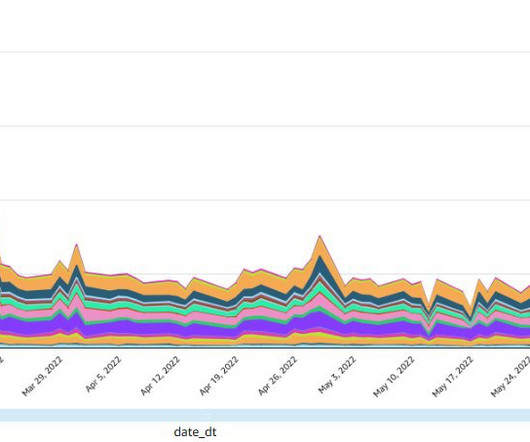Back to the Financial Regulatory Future
Cloudera
FEBRUARY 15, 2024
It’s hard to believe it’s been 15 years since the global financial crisis of 2007/2008. From stringent data protection measures to complex risk management protocols, institutions must not only adapt to regulatory shifts but also proactively anticipate emerging requirements, as well as predict negative outcomes.















Let's personalize your content